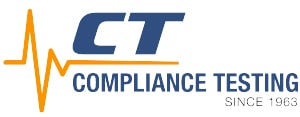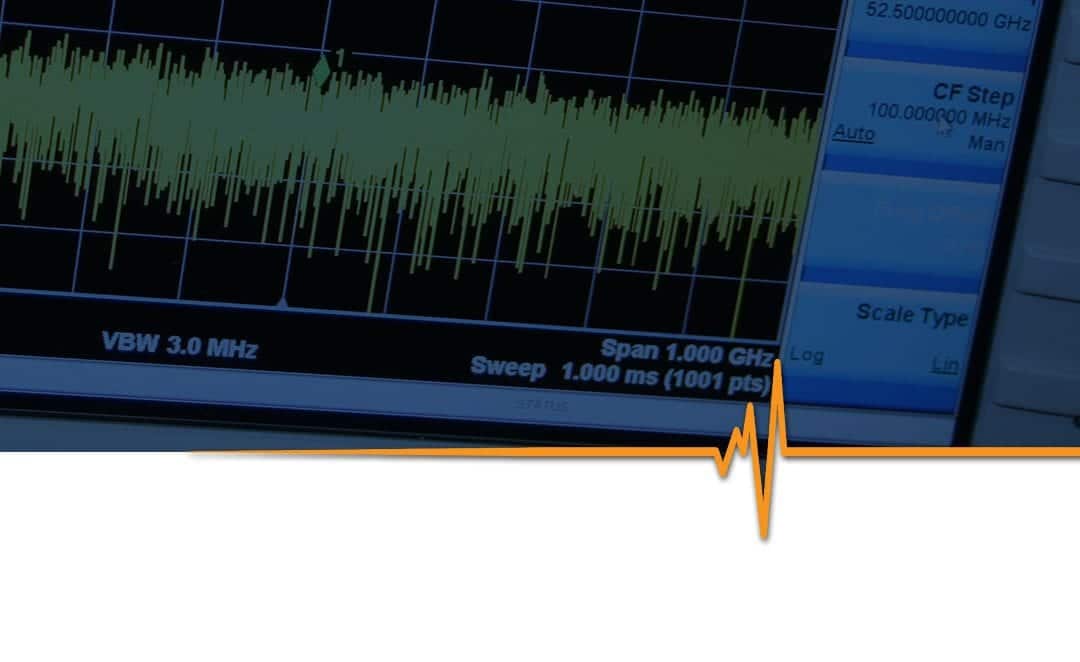Need help with EMC testing? Schedule a free consultation with our team to discuss testing and achieving compliance for your product, or call us on 866-540-5287 to talk to our compliance experts right away.
Get Free Help for Your EMC Testing & Compliance Questions
Need help carrying out EMC testing and complying with regulations?
Enter your name, email address and question, and our engineering team will contact you with the information you need to solve your EMC testing questions and achieve compliance for your product.
Today, we live in a world that’s increasingly powered by the communication technology in our smart homes, electric vehicles, and smart wearable devices.
There’s a world of conformance testing and regulations that exist to make sure that all of this emerging technology can coexist, and a key aspect of this testing is ensuring that devices are certified to electromagnetic compatibility (EMC) standards.
In the United States, the Federal Communications Commission (FCC) requires that electronic devices comply with regulations related to EMC, including the FCC Part 15 rules.
Without these standards, it would be possible for a few electronic devices to put out high levels of electromagnetic interference (EMI) that interfere with the operation of the rest.
However, even with regulations, all devices put out some amount of EMI. As such, regulatory bodies also define complementary standards for electromagnetic compatibility.
As specialists in EMC testing, we can test your device to ensure it complies with all standards and regulations from the FCC, including Part 15. Contact us online or call us at 866-540-5287 to request a quote for your device or ask our team of engineers and compliance specialists a question.
What Are EMC and EMI?
First of all, electromagnetic compatibility is the wider field of ensuring that devices are able to coexist in a shared electronic environment. If you operate virtually any electronic device, it will produce radiofrequency radiation that can interfere with the operation of other devices. In some cases, these are intentional radiators that use radiofrequency waves for communication purposes with other devices, such as LTE, 5G cellular phones, IoT, IIoT devices and laptops.
Other devices, such as digital clocks do not deliberately use RF waves for any purposes but output them nonetheless; these are unintentional radiators. Both types of radiators have the potential to produce EMI that can be hazardous to other devices, which is why national governments institute regulatory bodies like the FCC to keep EMI output in check. In America, the FCC tests all non-military electronics to make sure that they fit in with the needs of the civilian electronic environment.
In addition to EMI regulations, there are broader EMC standards that serve to ensure a device can withstand the trace interference that always exists in the environment. You can find these regulations in 47 CFR Part 15, the regulatory document that governs radiators.
What is EMC Testing?
The FCC defines a variety of tests to make sure that any electronic devices on the American market adhere to the EMC requirements. These tests allow regulatory bodies to be certain that your products are safe and suitable for their intended environment, either commercial/industrial or residential. EMC compliance is a serious matter, and it’s not legal to take an electronic product to market without first securing approval by clearing the tests laid down by the FCC.
How to Complete FCC EMC Testing
The FCC doesn’t administrate tests on its own; rather, it certifies a variety of laboratories around the country that are capable of performing the tests. As an accredited EMC testing lab, we’re capable of testing your device for electromagnetic compatibility and ensuring it complies with FCC rules.
Once you find a suitable laboratory, you’ll need to provide a working model of your device and handle various paperwork-oriented tasks. However, the majority of the work falls to the testing lab.
If you pass their tests, you’ll be able to move to market with your device. On the other hand, if your device fails EMC testing and doesn’t comply with the standards set by the FCC, you will need to fix the identified problems before submitting your device for testing again.
After the process is completed and your device is fully compliant, you’ll complete a Supplier’s Declaration of Conformity (SDoC) or FCC Authorization and gain the ability to add the FCC mark to your device and sell it in the United States.
Contact Us About Compliance Testing for EMC and EMI
At Compliance Testing, we’ve provided electronic and electrical device testing services since 1963. Our team is deeply familiar with the EMC testing process, as well as the specific rules your device will need to comply with in order to pass FCC testing and go on the market.
If you need help making sure your product is compliant, we offer guidance and a smooth, fast and efficient client testing experience, allowing you to bring your product to market as soon as possible.
To request a quote for your device, ask our engineers a question, or talk more about the FCC EMC testing and compliance process, contact us online or call us at 866-540-5287.




